Many people buy from shows and sales – Paul Donvan considers what you should do when you get them home?

The word “quarantine” is believed to have originated back in the 14th century as a way of protecting ports from plague epidemics such as the Black Death. Venice established the first recognised system of quarantine, requiring ships to sit at anchor for 40 days before landing; hence “Quarantine” comes from the Latin words quaranta giorni which mean for forty.
Although this important element of disease control is widely used in the commercial poultry industry, few homestead poultry keepers employ it. However, it should be an integral part of poultry management when new birds are purchased. Quarantine is a period of time when a person or animal (in our case poultry) is isolated form other birds to reduce the risk of spreading any infection or parasites they may have to pre-existing stock. During this time diseases or illnesses which they may show can be treated, and the individual brought to full fitness before being introduced to other birds.
It is tempting for many people to acquire new birds and then integrate them into existing stock straight away. Without a quarantine period, you are putting these birds at risk of contracting infections or parasites which the other birds may be carrying. At most you may be lucky and get away with nothing happening. At worst you could lose your entire flock to some disease. So view quarantine as an essential part of poultry management.
Selecting birds
This story is from the July - August 2017 edition of Practical Poultry.
Start your 7-day Magzter GOLD free trial to access thousands of curated premium stories, and 8,500+ magazines and newspapers.
Already a subscriber ? Sign In
This story is from the July - August 2017 edition of Practical Poultry.
Start your 7-day Magzter GOLD free trial to access thousands of curated premium stories, and 8,500+ magazines and newspapers.
Already a subscriber? Sign In
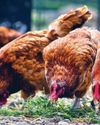
Growing food for Chickens
Mary Larham explores some crops to grow on your holding…
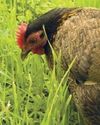
Poultry in the garden – the truth!
Jo-Jane Buxton shares her experiences
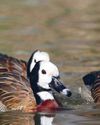
The British Waterfowl Association
Which came first, the goose or the egg?
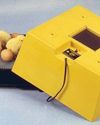
WHY FIT A FAN IN AN INCUBATOR?
Brinsea Products, the Incubation Specialists explain the difference between still air and forced draught
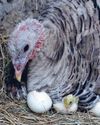
Incubating turkey eggs
Janice Houghton-Wallace looks at broody turkeys and artificial incubation
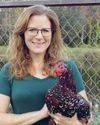
Chicken nesting box herbs
Diana Clauss owns The Blue Feather Farm, in St Cloud, Florida, home to chickens, ducks, goats, and Anatolian Shepherd dogs.
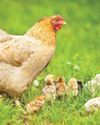
Incubate in January?
Jessica Wombwell says plan the breeding
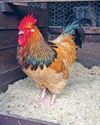
Andy's DIARY
Andy emphases the importance of keeping out damp and wet but allowing ventilation even in cold weather
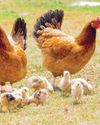
Feeding for Breeding
It may be winter, but as Joanna Palmer, nutritionist for Smallholder Range explains, now’s the time to get your flock in tiptop shape and plan ahead for a successful breeding season next spring.
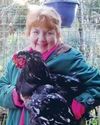
A chick named Cuckoo raised by a duck!
Chris Hammacott and her husband live on a small croft in the Outer Hebrides, they keep a ‘no kill’ flock or rare and rescue sheep which they use to spin and weave rugs. They also share the 8 acres with hens, ducks, cats and 9 rescue pugs.